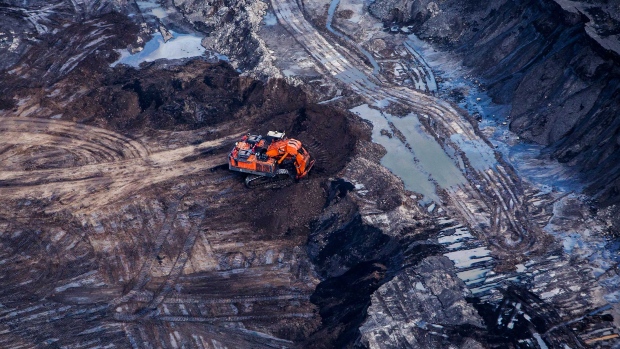Jan 31, 2019
Energy slump drives Canada's second GDP decline in 3 months
, Bloomberg News

Canada’s economy contracted for the second time in three months on lower energy production, the clearest evidence yet of a soft patch that’s expected to linger through the first part of this year.
Gross domestic product declined 0.1 per cent in November, Statistics Canada said Thursday from Ottawa, matching the median forecast in a Bloomberg survey of economists.
Bank of Canada Governor Stephen Poloz signaled earlier this month he will take longer to add to his five interest-rate increases since the middle of 2017 because of signs of setbacks to growth. The weakness, even if temporary, illustrates risks to an economy that needs business spending to take over from consumers who are burdened by record debts.
The numbers leave the Bank of Canada “decidedly on hold for the next couple of quarters,” Avery Shenfeld, chief economist at CIBC World Markets, said in a note to investors.
The central bank predicts the annualized pace of growth will slow to 1.3 per cent in the fourth quarter of 2018 and again to 0.8 per cent in the first three months of this year. The economy is expected to rebound after that on strong job creation and business spending, with policy makers saying interest rates will still likely move higher over time.
Output from the energy industry fell 0.6 per cent, Statistics Canada said. Lower production of petroleum and coal also drove a 0.5 per cent decline in manufacturing in November, the third drop in four months. Wholesaling fell by 1.1 per cent led by machinery and equipment, and construction fell for the sixth straight month to the lowest since the middle of 2017.
Tumbling prices for Alberta oil late last year led the provincial government to impose production cuts that began in January. Alberta Premier Rachel Notley and Canadian Prime Minister Justin Trudeau are facing pressure before elections this year to develop stalled pipelines and send crude overseas rather than accept lower prices in the U.S. market.
Retail spending remained weak in November, with a 0.3 per cent decline led by a 2 per cent drop in car sales. Retailing has declined by 1.2 per cent over the last year, the only major industry besides construction to shrink over that period.
There was some evidence the weakness may not last. Transportation and warehousing was dragged down by a postal strike that ended around the end of the month, and Statistics Canada also said there were maintenance shutdowns at some auto assembly plants and offshore oil sites on the east coast after a storm.
--With assistance from Erik Hertzberg.



